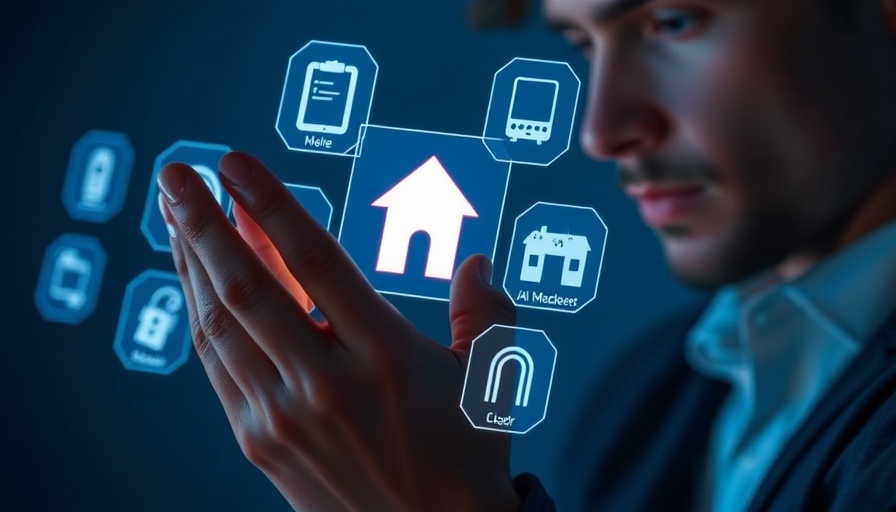
Understanding the Importance of AI Sustainability
In a rapidly digitizing world, the significance of creating a sustainable AI future cannot be overstated. AI brings great promise, enhancing our quality of life and revolutionizing industries. However, the environmental impact of its energy consumption is a concerning issue that we must address. Statistics show that datacenters and AI account for an impressive 1-2% of the global electricity consumption, with projections indicating that this could balloon significantly in the coming years. As technology advances, inevitably, so does the challenge of ensuring that our reliance on AI does not come at the cost of our planet.
Key Challenges in AI Energy Consumption
The energy demands of AI and datacenters are shifting tremendously. In 2022, AI-related platforms consumed around 460 TWh of electricity, with estimates suggesting a possible increase towards 900 TWh by 2030. While revisions have downscaled this figure to approximately 500 TWh due to improved efficiencies, the overall message remains: we must act. For context, this energy consumption rivals that of entire sectors such as electric vehicles, highlighting the pressing need for responsible usage and innovation in efficiency.
Innovations Paving the Way for Efficiency
As daunting as it seems, the tech world is already making strides in energy efficiency. Improvements in AI infrastructure driven by both Moore's and Koomey's laws are notable. The trend towards more transistors in chips and computations per joule of energy means we are likely to see an evolutionary efficiency in AI engine designs. From 2010 to 2018, datacenters saw a staggering 550% increase in compute power alongside only a 6% rise in energy consumption. This trend lays a hopeful foundation as we forge ahead.
Liquid Cooling Technologies: The Game Changer
One of the most exciting developments is the rise of liquid cooling technologies in datacenters—a key player in making AI infrastructure more efficient. Estimates predict that the liquid cooling market will grow nearly tenfold in the next several years. Water's superior thermal conductivity compared to air makes it a powerhouse for cooling, particularly necessary for energy-hungry AI workloads. Innovations like direct liquid to chip cooling (DLTC) and immersion cooling can offer significantly higher efficiency and effectiveness, targeting heat generation right where it occurs.
The Role of Water in AI Efficiency
Water is often overlooked as a crucial resource in computing, but understanding its role can change perceptions about AI's sustainability. For example, a single AI-powered internet search consumes around 25 ml of water, while its non-AI counterpart only uses about half a milliliter. While this may seem trivial, the cumulative effect on a large scale makes a compelling case for optimizing the usage of this vital resource.
Making Conscious Choices as Homeowners
As young homeowners in bustling cities like London, you have the opportunity to champion sustainable practices within your smart, connected homes. By implementing energy-efficient appliances, mindfully incorporating AI tools, and prioritizing water conservation, you contribute to a larger movement toward sustainability. Creating a balance between leveraging technology and being conscious of its environmental impacts is paramount for future generations.
Looking Ahead: Future Opportunities in Sustainable AI
The path to a sustainable AI future is paved with challenges—but it's also filled with opportunities. As technology evolves, so can our approaches to using it responsibly. Engaging with innovations, encouraging policy changes, and investing in sustainable solutions can make a meaningful difference. Community-driven initiatives can inspire collective action, promoting an ethos that embraces both technological progress and environmental stewardship.
Empowering AI Efficiency through Community Action
Ultimately, the key to building a sustainable AI future lies within our communities. As we increasingly depend on smart technologies at home, we must unite in advocating for greener practices and educating ourselves and others about AI's environmental impacts. The onus is on us to create dialogues about sustainability, affirming our commitments to responsible technology usage.
 Add Row
Add Row  Add
Add 




Write A Comment